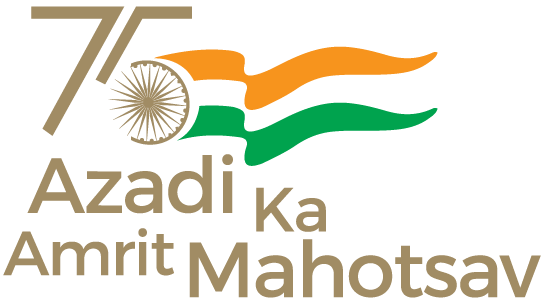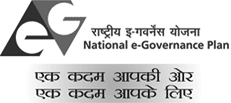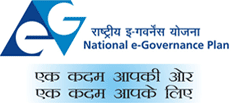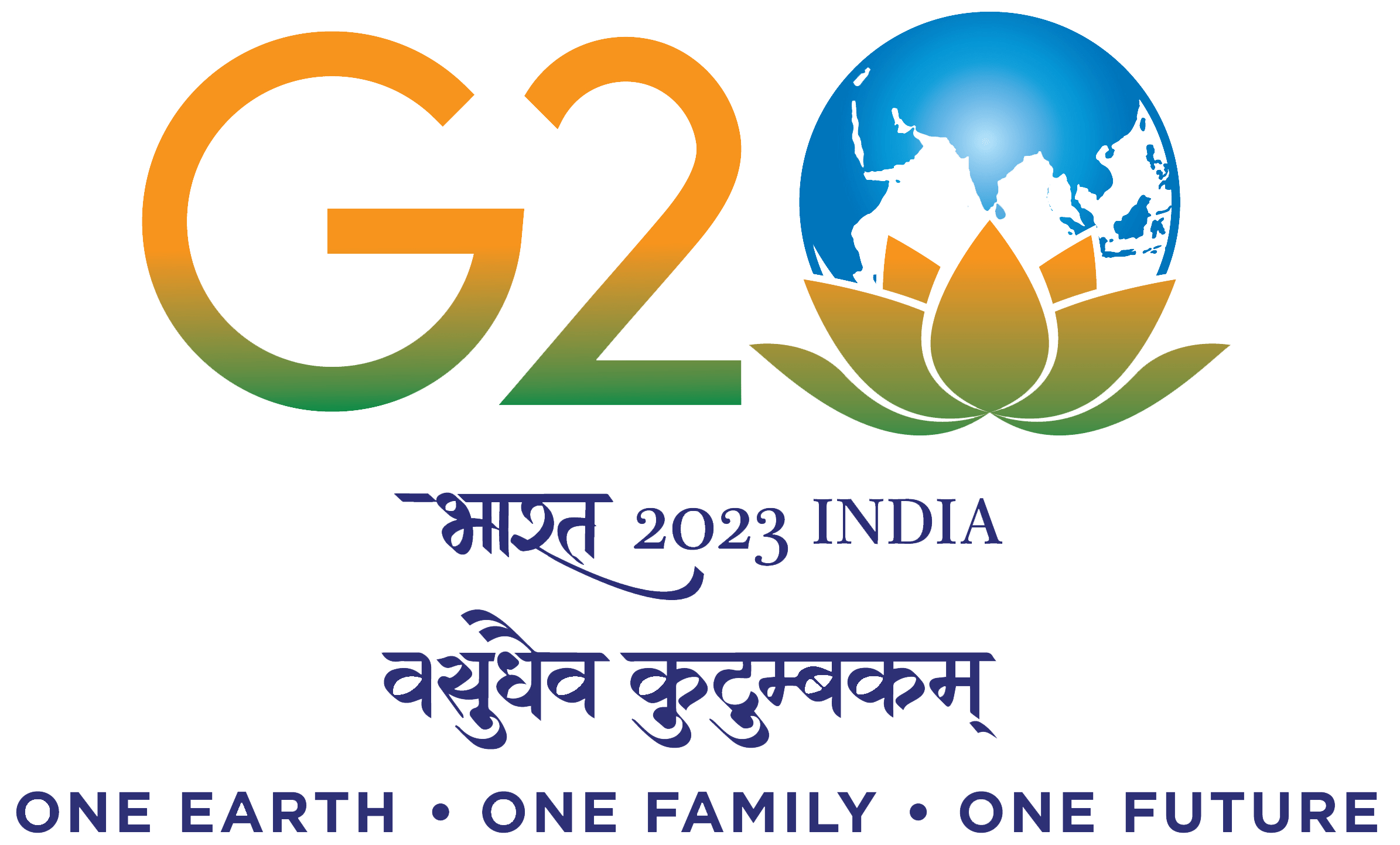NATIONAL MENTAL HEALTH PROGRAMME (NMHP)
NATIONAL MENTAL HEALTH PROGRAMME (NMHP)
INTRODUCTION :
‘Mental Health’ is one of the most important aspect of general health. This is emphasized even by the World Health Organization, who defined health as the state of complete physical, mental and social well being and not merely the absence of disease or infirmity. The incidence and prevalence of mental problems (especially Depression, suicides, somatization and anxiety disorders) seems to be on the rise in all group of ages with increase in urbanization, life expectancy and increase in the general population. There is also an alarming increase in the co morbidity of mental health problems along with general illness like HIV/AIDS, Cancer, acute and chronic diseases to name just a few, unfortunately Mental Health has been among the most neglected part of all Health & Family Welfare Department activities and of general health. However this condition could be improved if sensitization, awareness and action to avert and arrest the problems are taken at the right time.
PROBLEM STATEMENT/ BACKGROUND
It is estimated that 6-7 % of population suffers from mental disorders. The World Bank report (1993) revealed that the Disability Adjusted Life Year (DALY) loss due to neuro-psychiatric disorder is much higher than diarrhea, malaria, worm infestations and tuberculosis if taken individually. Together these disorders account for 12% of the global burden of disease (GBD) and an analysis of trends indicates this will increase to 15% by 2020 (World Health Report, 2001). One in four families is likely to have at least one member with a behavioral or mental disorder (WHO 2001). These families not only provide physical and emotional support, but also bear the negative impact of stigma and discrimination. Most of them (>90%) remain un-treated. Poor awareness about symptoms of mental illness, myths & stigma related to it, lack of knowledge on the treatment availability & potential benefits of seeking treatment are important causes for the high treatment gap. The Government of India has launched the National Mental Health Programme (NMHP) in 1982, with the following objectives:
1.To ensure the availability and accessibility of minimum mental healthcare for all in the foreseeable future, particularly to the most vulnerable and underprivileged sections of the population;
2.To encourage the application of mental health knowledge in general healthcare and in social development; and
3.To promote community participation in the mental health service development and to stimulate efforts towards self-help in the community.
The District Mental Health Program (DMHP) was launched under NMHP in the year 1996 (in IX Five Year Plan). The DMHP was based on ‘Bellary Model’ with the following components:
1.Early detection & treatment.
2.Training: imparting short term training to general physicians for diagnosis and treatment of common mental illnesses with limited number of drugs under guidance of specialist. The Health workers are being trained in identifying mentally ill persons.
3.IEC: Public awareness generation.
4.Monitoring: the purpose is for simple Record Keeping.
1. District Mental Health Programme (DMHP)
The main objective of DMHP is to provide Community Mental Health Services and integration of mental health with General health services through decentralization of treatment from Specialized Mental Hospital based care to primary health care services. On the basis of “Bellary model” District Mental Health Program was launched in 1996 in 4 districts under NMHP and was expanded to 27 districts of the country by the end of IXth Five year plan period. Presently the DMHP is being implemented in 123 districts of the country. The DMHP envisages a community based approach to the problem, which includes:
- Training of mental health team at identified nodal institutions.
- Increase awareness & reduce stigma related to Mental Health problems.
- Provide service for early detection & treatment of mental illness in the community (OPD/ Indoor & follow up).
- Provide valuable data & experience at the level of community at the state & center for future planning & improvement in service & research.
Based on the evaluation conducted by an independent agency in 2008 and feedback received from a series of consultations, it was decided by the Government of India that DMHP should be revised and consolidated assistance on new pattern with added components of Life skills education & counselling in schools, College counseling services, Work place stress management and suicide prevention services should be provided. These components are in addition to the existing components of clinical services, training of general health care functionaries, and IEC activities in DMHP. The team of workers at the district under the program consists of a Psychiatrist, a Clinical Psychologist, a Psychiatric Social worker, a Psychiatry/Community Nurse, a Program Manager, a Program/Case Registry Assistant and a Record Keeper.
PRESENT STATUS
BACKGROUND
In the state of Mizoram, there used to be three administrative districts after the Mizoram attained Statehood in 1986. During this period, Aizawl District which was large in population and area, the Mizoram government decided to split Aizawl District into two, namely – Aizawl East District and Aizawl West District for Health Department. Again, Mizoram is divided into nine administrative districts. Namely Aizawlo East, Aizawl West, Lunglei, Kolasib, Mamit, Champhai, Serchhip, Lawngtlai and Saiha
District mental health programme (DMHP) was started in Aizawl district in the year 1999- 2000. Grant was received since the beginning till 2006-07, utilization certificates and Audited Statement of Accounts of Fund release to Aizawl District have been submitted.
District mental health programme (DMHP) was started at Lunglei in the year 2006-07 an amount of Rs 26, 20,000/- as grant/fund was received for which utilization certificates and audited statements of expenditure have been sent. District Mental Health Programme (DMHP) has been started at Champhai and Saiha Districts, since the year 2014.
District Mental Health Programme (DMHP) are proposed for Serchhip, Lawngtlai and Kolasib Districts for the year 2015-16.
Finally it is planned that DMHP be started for Mamit and Aizawl East (considering the present DMHP Aizawl as DMHP Aizawl West Districts) for the year 2016-17. Thereby covering the whole State (i.e. All nine Districts) by the year 2016 – 17.
- Mental Health team from the state comprises of the following;-
- 1.Dr C Lalhrekima, Psychiatrist, Aizawl
- 2.Dr Ruth Lalmuanpuii, Psychiatrist, Aizawl
- 3.Dr Lalduhawmi Chawngthu, Psychiatrist, Aizawl
- 4.Dr Vanlaldiki Ralte, Psychiatrist, Aizawl
- 5.Dr Zonunmawii Pachuau, Psychiatrist, Lunglei
- 6.Ms Lalengmawii, Clinical Psychologist, Aizawl
- 7.Ms Vanlalpari, Psychiatric Social worker, Aizawl
- 8.Ms Lalduhsaki, Psychiatric Nurse, Aizawl
- 9.Ms Laizachhingi, Psychiatric Nurse, Aizawl
- 10.Ms Zadailovi, Psychiatric Nurse, Aizawl
Other staff presently working under Psychiatry department Aizawl may also be considered members of the State Mental health team, they comprise of the following;-
- 11.Ms Zothanmawii, Staff Nurse, Aizawl
- 12.Ms Lianhnuni, Staff Nurse, Aizawl
- 13.Ms Lalduhthangi, Staff Nurse, Aizawl
- 14.Ms Lalsangliani, IVth Grade Staff
- 15.Mr. Samuel Lalremsanga, IVth Grade Staff
- 16.Mr. Phillip Zomuanpuia, IVth Grade Staff
Since the State has also formed Core committees on Drug overdose prevention and prevention of ATS in Mizoram, these may also be mobilized to conduct interventions at various district and State levels.

















